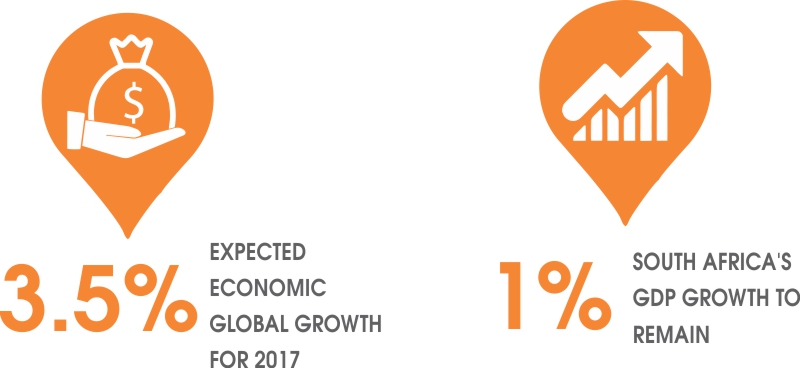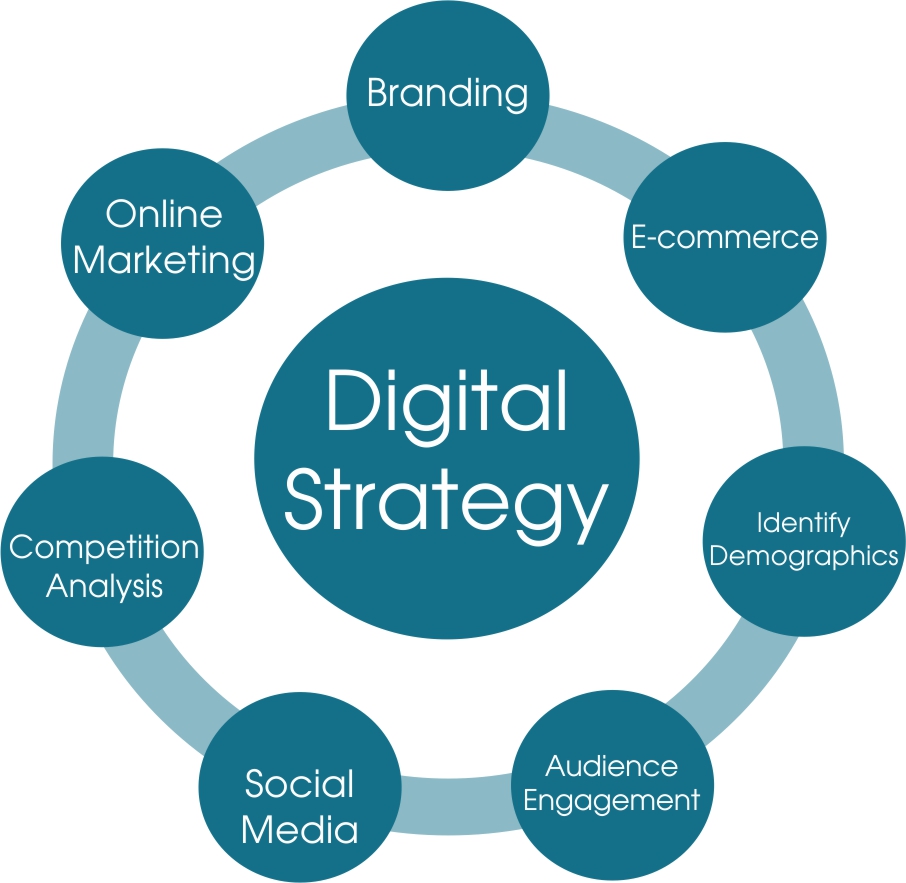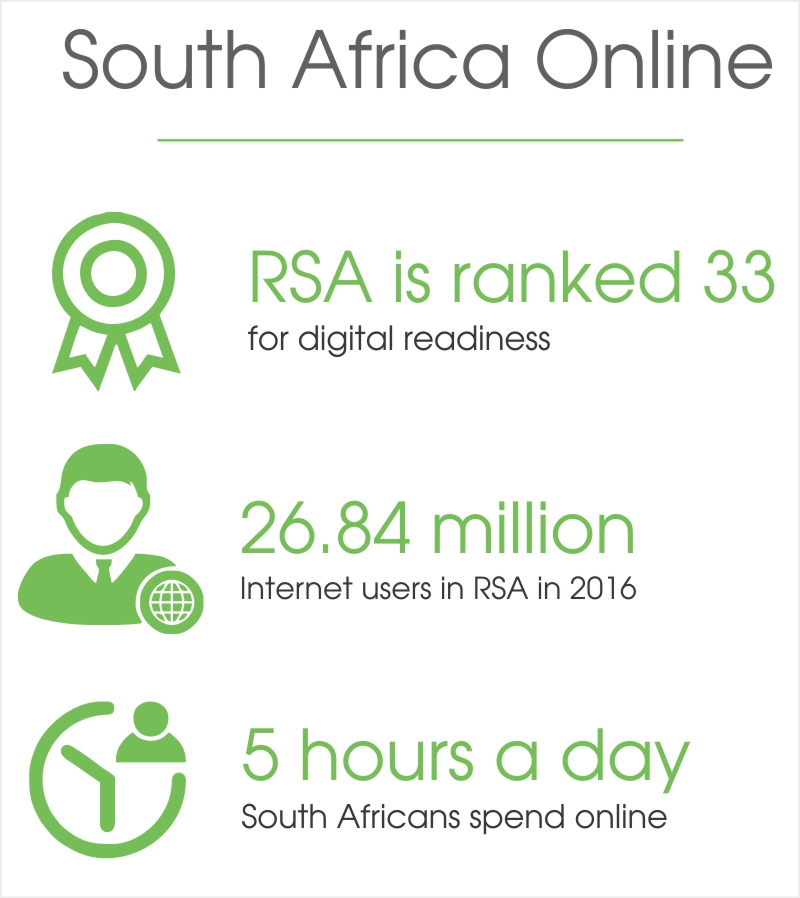 A big focus in 2017 will be to understand the evolution of the customer’s journey to purchase. Brand building efforts will reach key touch points and become personalised on a mass scale… Think about the impact of this statement for a second. The time frame for changes in habits and behaviours has drastically shortened, because strangers in social communities have become more connected, informed, opinionated and therefore influential. A well informed customer, demands more wooing and with the evolution of social interaction, consumers will be more calculating on how they spend their money.
A big focus in 2017 will be to understand the evolution of the customer’s journey to purchase. Brand building efforts will reach key touch points and become personalised on a mass scale… Think about the impact of this statement for a second. The time frame for changes in habits and behaviours has drastically shortened, because strangers in social communities have become more connected, informed, opinionated and therefore influential. A well informed customer, demands more wooing and with the evolution of social interaction, consumers will be more calculating on how they spend their money.
South African’s are optimistic about change in 2017 but remain doubtful of growth as international and local political uncertainty is set to continue. A positive view from Goldman Sach’s chief economist, Jan Hatzius, expects global growth of 3% – 3.5% driven by financial conditions in the U.S and emerging markets (3). South Africa’s economy will see the year in the balance as there are a few occurrences that could pivot the moderate growth forecast. The IMF expects South Africa’s GDP growth to remain at 0, 1% this year. This should be a robust year of activity for business owners who will find that they need to work harder to maintain their current revenue and find growth opportunities.
One prominent source of growth is the digital space. “South Africa is ranked 33 for digital readiness as measured by the ability to support and encourage digital commerce and payments” – as per the Digital Evolution Index, developed by MasterCard and Tufts University in Massachusetts. The evolution of brick and mortar retail in South Africa has seen a relationship in the works with the digital environment. Retailers have walked through the digital realm; trying, adjusting and evaluating, in the pursuit of the best digital presence for its target market. Consumers have participated in the available purchase options, subconsciously evaluating and developing preferences for user interaction on e-commerce. We can expect to see many more partnerships between brick and mortar and e-commerce shopping platforms.
South Africa’s active internet users for 2016 was recorded at 26.84 million, with a 49% penetration as per the annual Digital study published by “We are Social”. South Africans spent 5 hours a day online in 2016, and this is an improvement from 3 hours a day, just 2 years ago. As digital connection and platforms continue to intertwine into the daily process of living, human behaviours are adapting. The requirements by “today’s customer” have shifted. The power to influence an engaged audience by using persuasive messaging provides an opportunity to create long term brand-customer relationships instead of just grabbing customer attention. Social selling becomes more important as communicates share opinions and engage in real dialogue about brand experiences. It’s not good enough to merely have a digital presence. Richelieu Dennis, CEO of Sundial Brands, has this to say: “Digital and social media have provided countless opportunities to engage with so many people at once about subjects, products and ingredients that are interesting or culturally significant.” Going beyond participating, to “strategizing for growth” is the conversation that serious brand owners will be guiding.
Expectations for consumer goods, include the growing popularity of organic or healthy foods , delayed purchases for better deals on non-food household items, smarter social shopping for furniture and lifestyle purchases.
The price value equation becomes more important in the purchase decision tree and consumers are likely to wait for sales to do their normal grocery buying…. This has changed from a few years ago, where shoppers were buying on special deals to stock up their cupboards. This change is an indication that the household budget has been enduring strain.
Disposable income is expected to be under pressure with an expected increase in living costs, leaving households looking for ways to stretch the rand and make harder choices with high value items while staying clear of debt as much as possible. Current affordability will influence choice of schools, cars and homes with people most likely to take a conservative approach. Naamsa reports a consecutive 3 year decline, with 2016 alone declining 15.3% on new vehicle sales.
Hyper-connectivity has become more attainable due to more favourable pricing on bulk data. Accessibility is key to the growth and reach of the digital platforms.
Marketing campaigns that have the highest impact will have strong differentiation thereby standing out from the clutter and allowing the messages to land and resonate. Integrated marketing is key as people need to see the thread of a message multiple times. Business insider.com states: “research continuously shows that people need to see the message, for an average of 7 times before being willing to purchase”. This will of course vary depending on maturity of the brand and category dynamics.
Innovation will continue to dominate the tech space. Wearable’s that integrate with tech that has a wide reach will allow for easier adoption. The gap between high level innovation with hologram presentations, AI…etc is getting closer to everyday operations in the working world.
A lot of the movement on environmental issues and its awareness has been driven by the American Government. Recent communication by China on their strategy with clean manufacturing reinforces these super economies commitment to prioritising climate management. One wonders if the political change in America will affect the focus being placed on environment change… at a grass roots level, South African’s are generally growing more reluctant to purchase high fat, high carb products and are favouring healthier vegetables or organic foods. More households are exploring home planting and a natural lifestyle. Valerie Toothman, VP for marketing innovation at AB InBev, has this to say: “There’s a reason you see people in yoga pants all over New York City — not because they’re working out. It’s this idea that a kind of health and wellbeing is the new premium.” Although this is a reflection about the US market, our local market is following suit albeit slower, due to the time constraints, knowledge, and availability of planting surfaces. People are starting to experiment with complimenting their store bought fresh food consumption and this trend is expected to continue.
The Top 5 trends worth following are,
- Strategizing for growth with digital platforms.
- Marketing your product, brand or business in a contemporary way, for personalisation.
- Explore the “health is in fashion” & “Do good to the earth” trend. These have become important consideration factors for buyers.
- Review and revise your brands price value equation.
- Invest in innovation and renovation.
How we think about life and act in our day to day, has made a notable change to the way that different generations are engaging with brands. Keen understanding of the different emerging generational classifications, will create impactful brand influence.
References:
(2) http://www.africa.com/south-african-digital-economy-the-most-developed-in-africa/
(3) http://www.goldmansachs.com/our-thinking/pages/outlook-2017/index.html?videoId=147304
(4) http://www.engineeringnews.co.za/article/imf-lowers-south-africas-forecast-gdp-growth-for-2017-2016-10-04/rep_id:4136





